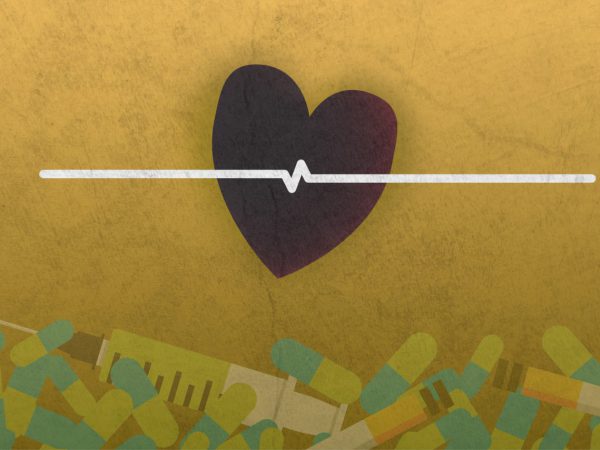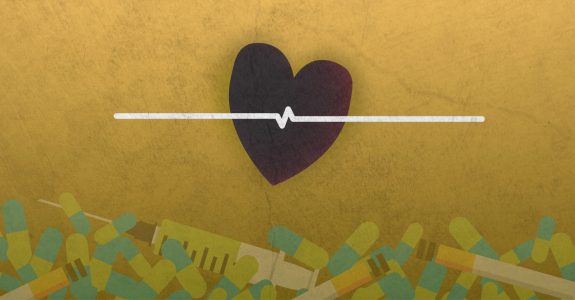Alex Cohen is the Director of Learning and Evaluation for the Richard M. Fairbanks Foundation.
As opioids and tobacco continue to claim Hoosier lives, many are looking toward K-12 school-based prevention programs to stem the tide.
One of the most well-known prevention programs is Drug Abuse Resistance Education, or D.A.R.E. At its height, D.A.R.E. was implemented across the world, with more than $750 million spent on the program annually. But study after study has found little evidence for the impacts of D.A.R.E. on drug use.
This is a common problem: Keeping kids off drugs and alcohol is not easy. As a result, not every intervention works.
The good news is there are school-based prevention programs with strong evidence for positive impact. These include programs like LifeSkills Training, Project Towards No Drug Abuse, Positive Action and others certified as evidence-based by the Substance Abuse and Mental Health Services Administration (SAMHSA), the U.S. Surgeon General and, in Indiana, the Family and Social Services Administration (FSSA). Scientific research shows these programs cause substantial reductions in the use of tobacco, alcohol and other drugs—and even improvements in academic outcomes in some cases.
Unfortunately, these programs are often crowded out by D.A.R.E. or homegrown programs that lack evidence. National surveys indicate that only 8-10 percent of schools use evidence-based programs. While there is no comprehensive survey of school-based prevention in Indiana, anecdotal evidence indicates D.A.R.E. is still in use.
This is a problem. Every dollar of funding or hour of time spent on a program without evidence is a dollar or an hour that could be spent on a program with a track record of lowering drug use.
Of course, we should be open to supporting the development of innovative, new school-based prevention programs. But any new programs should have clear value added over existing programs to justify trying something that may turn out not to work – especially when effective, evidence-based programs do exist and could simply be replicated and scaled broadly. And, of course, any new programs should be rigorously evaluated, too.
School-based programs are an essential part of a comprehensive approach to preventing substance use disorder and smoking. Inspiring behavior change and creating lasting impact should start with prioritizing programs with strong evidence for positive outcomes.
Tagged in: Alex Cohen, Richard M. Fairbanks Foundation, RMFF


